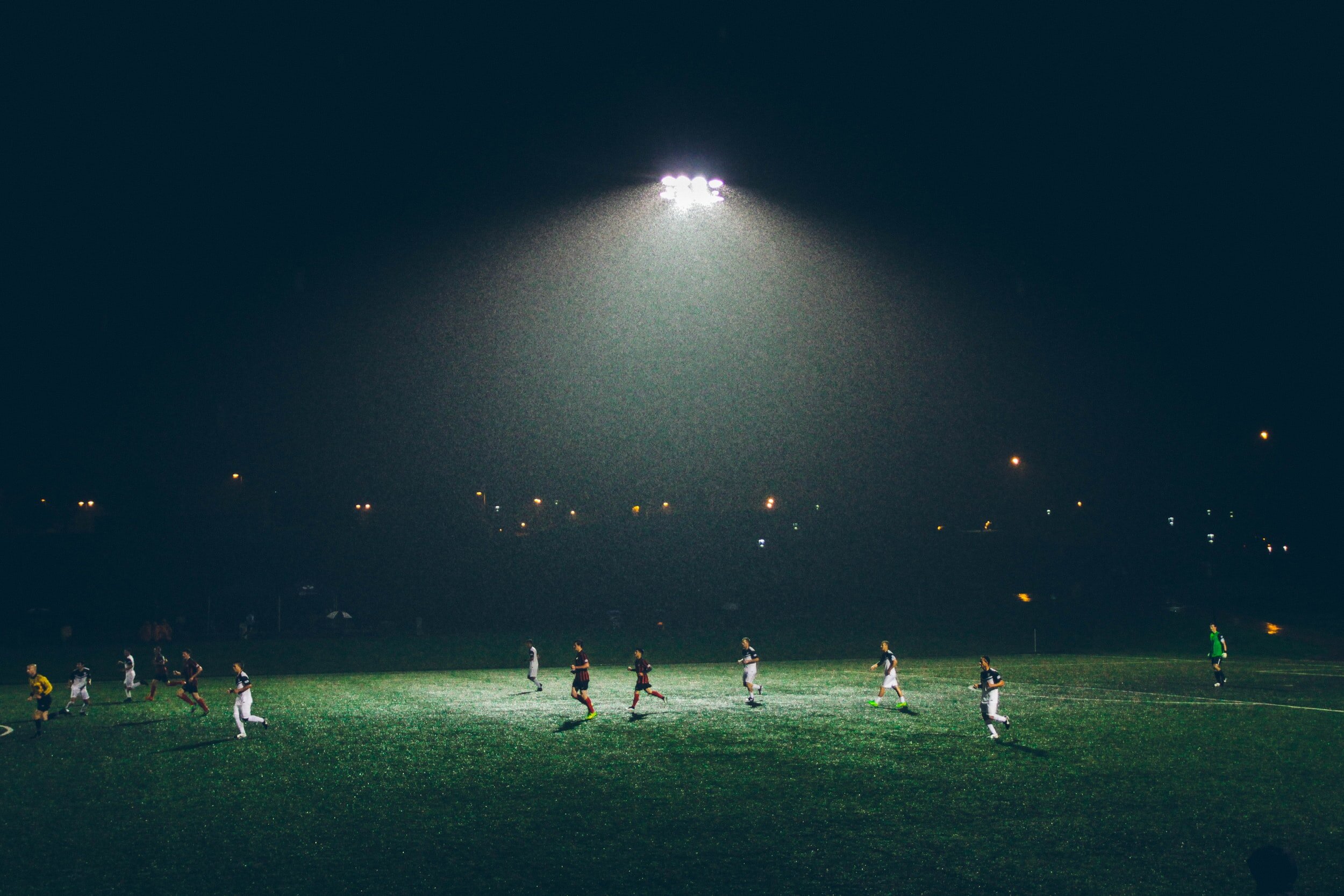Why community sport must come back on track
By: Professor Rochelle Eime, Professor Hans Westerbeek and Patrick Walker (Australian Sports Foundation)
COVID-19 smashed community sport for six.
Yet while community sport clubs were forced to shut down training sessions and competitions during isolation, many Australians recognised they still needed to remain active. They bought bikes, lycra and home gym equipment, walked and cycled, and explored their communities.
Now that restrictions are easing, it will be up to the leagues, associations and local community clubs to decide how Australians return to active play. Recently, junior sport competitions were allowed to re-start, but some winter sport leagues and clubs are questioning whether they will return for a shortened 2020 season, or cancel their season altogether for cost and other reasons.
This means that for some sports, if even one club does not return to competition, the green light could turn red for everyone. More than a dozen Victorian country football and netball leagues have already abandoned their 2020 seasons.
A study currently underway by Victoria University, Federation University, and Flinders University has surveyed over 6000 sport-playing Australians to investigate the contribution of sport to the health and wellbeing of individuals and communities before, during, and after COVID-19.
When study participants rated their health during COVID-19 lockdown restrictions compared to a year earlier, one quarter reported their general health was worse than the year before, 29% reported worse physical health, and 31% reported worse mental health. Further, within the past two weeks, during COVID-19, 28% reported feeling downhearted and depressed and 30% were losing sleep due to worry. We will be able to see any changes to individuals’ health once they have returned to play, as we will survey the respondents once again (post COVID-19).
This shows that the absence of community sport has a clear detrimental effect on physical and mental health. When we survey these participants again once they return to play, we expect to see improvements in all these health measures.
So it is particularly concerning, therefore, that the sustainability of thousands of community sport clubs across Australia is currently under threat. It is particularly concerning therefore, that Covid-19 has had such a devastating impact on community sport that the sustainability of thousands of clubs across the nation is under threat. A study being undertaken by the Australian Sports Foundation is assessing the financial impact of Covid-19, as well as the impact on membership and the crucial aspect of volunteering – essential to the functioning of community sport. Interim results from over 4,000 community clubs paint a bleak picture: revenue from membership, sponsorship and fundraising has virtually ceased, while costs such as utilities, insurance and maintenance remain. And the return to sport – while welcome – brings with it additional pressures. Over 70% of clubs project reduced revenue from local sponsors and fundraising, while 68% forecast a reduction in membership revenue. Even worse, clubs will face increased costs – 91% of clubs say new hygiene measures will increase costs, while around 50% face additional costs from staggered training and additional equipment requirements caused by Covid-19.
Covid-19 also means that clubs will need more volunteers – yet nearly half of all respondents project a decline in volunteers, through a combination of health fears and the additional workload required by new hygiene measures.
Against this background, communities, politicians, sport decision-makers, and highly valued sport volunteers will need to develop a consolidated and coordinated approach to get community sport clubs back to training and competing.
As a start, the Australian Sports Foundation will use the findings from its study to launch a nationwide campaign to raise funds for clubs in need so they can help them survive the next crucial six to 18 months.
While no single body is expected to write a cheque large enough to ensure the survival of community sport clubs – many of which are small, volunteer-dependent organisations – the philanthropic community, charities, corporate Australia, and governments at every level can play a part in ensuring the sustainability of such a vital part of Australian community life.
The physical, mental and social health of individuals, clubs and the whole of sporting system will suffer if we don’t maximise the time that we can play. This especially applies to regional and rural regions where the sport clubs are intimately woven into the social fabric of the communities and where local retail and hospitality trade delivers significant economic value in its association with a connection to sport.
These studies highlight not only the physical and mental health benefits that community sport brings, and which COVID-19 consequences have clearly exposed, but they also point to a major reason that many Australians play sport – for fun and enjoyment. Most children do not care about how many matches they get to play, nor winning the premiership. In the end they just want to play with their friends even if this means that the season is shorter than normal.
These findings should move an Australia-wide ‘Return to Community Sport’ to the top of the priority list for those who make that call.


